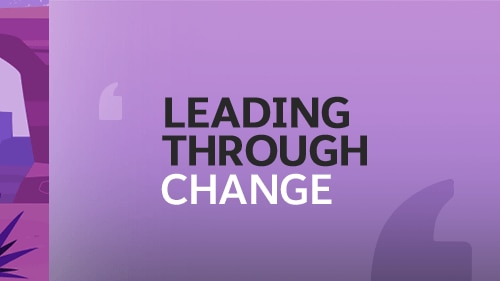Even before the pandemic, sweetgreen, the seasonal restaurant with the mission of connecting people to real food and now valued at $1B, understood the need to expand beyond their physical locations, recognizing consumers increasingly want restaurants to serve them where they are. In 2018, they launched the Outpost program, starting with the place where there was the most demand for quick healthy lunches — the workplace.
But, with workplace closures sweeping the nation, they had to act fast to find better ways to serve their communities. While the Outposts in offices laid dormant, sweetgreen found other ways to continue to expand the program and get “real food” to people who needed it.
In April, sweetgreen launched the sweetgreen Impact Outpost Fund, a (free!) healthy food delivery service for front line workers, in partnership with World Central Kitchen, founded by chef and humanitarian José Andrés. The philanthropic effort intends to support healthcare workers on the front lines and vulnerable communities during the pandemic.
The response was overwhelming. Sweetgreen fielded more than 10,000 requests for Impact Outpost locations from hospitals within 48 hours of launching the program. Since April, the program has served 345,000 meals in over 400 hospitals, including community health centers like Unity Healthcare, to larger hospitals across the U.S., like Medstar Washington Hospital Center.
Here’s how they have been able to serve their community and expand their distribution model in the meantime — all at scale.
Get creative with distribution
Restaurants have been stretched to reach into other, unconventional modes of distribution. We’ve seen some start to sell cook-it-yourself meal kits direct-to-consumer and at grocery stores or fine-dining restaurants roll out an affordable takeout business.
The Outpost program was sweetgreen’s way of getting creative with their distribution model. After adding to their initial portfolio of office buildings, they’ve opened up Outposts at hospitals to continue delivering fresh food to frontline healthcare heroes. On top of pivoting to hospitals, sweetgreen also decided to bring Outposts right to people’s homes where many were sheltering-in-place. Starting in March 2020, they began to expand to residential buildings like Park Place at Van Dorn in Alexandria, Virginia, and The Apollo Apartments (a Bozzuto-property) in Washington, D.C. As offices begin to reopen, they’ve begun to restart their office Outpost program at offices like Mintz, a law firm in Boston.
The genius of the Outpost program is its flexibility. It’s adaptable to any location so that when shelter-in-place orders were enacted, they could pivot quickly. It used to be opening a brick-and-mortar store with hundreds of thousands of dollars of investment was the only way to grow. Now, that model is being flipped on its head. Brick-and-mortar stores have become fulfillment centers rather than places to gather and eat — a trend that is slated to continue as the road to recovery lengthens, and it’s uncertain where dine-in revenues will ever be what they once were. Sweetgreen is well-positioned to transform one traditional store into dozens of satellite Outposts. They’ve grown to a whopping 1,000 Outposts with the goal of adding 1,000 more by the end of 2021.
Coordinate expansion efforts with CRM
To help sweetgreen reach their Outpost expansion goal, they used Sales Cloud to manage their opportunity pipeline. Once an office building, residential building, or a hospital applies for an Outpost, Sales Cloud stores the record and all associated information, like contact information and lead source. Using customer relationship management (CRM) tools, sweetgreen can customize their sales process for each of the different establishments they’re selling to. That means it was relatively simple to pivot their distribution models to new frontiers, like hospitals and residential buildings. This agility has been key during a time where the situation can change overnight, especially with government mandates and policies. Salesforce’s scalability makes it possible for them to orchestrate follow-up with thousands of leads across different categories, all with markedly different sales processes.
Additionally, sweetgreen runs data analysis and reports to understand how to streamline their sales process and overall sales performance. For instance, they can analyze different stages of their sales process to see where there is the most significant drop-off and make changes to that stage, like developing objection handling tools or automated marketing campaigns to continue engaging leads through to a closed opportunity. This means they can continue to iterate to grow even faster.
CRM helps support sweetgreen’s new distribution strategies to continue to fuel expansion in more creative ways.
See how Sales Cloud enables sales teams to work smarter and faster in this demo video and visit CRM 101 to learn what CRM is and how it can help your business.




























